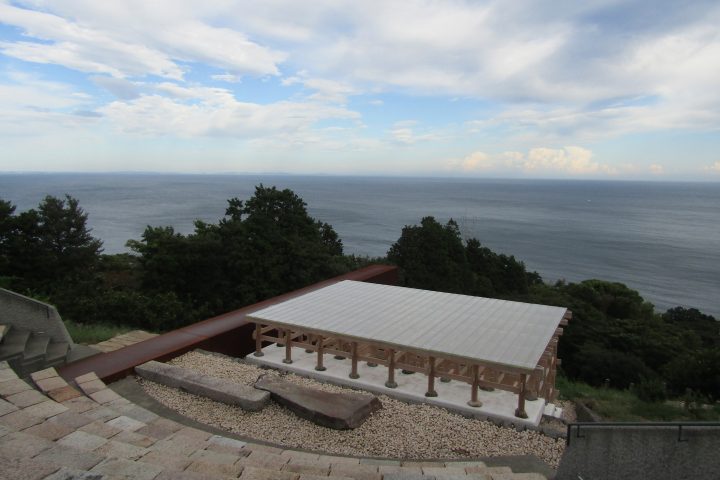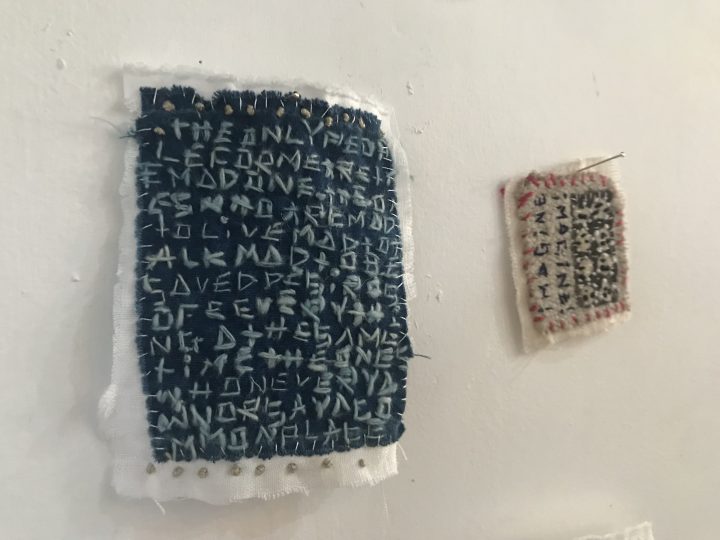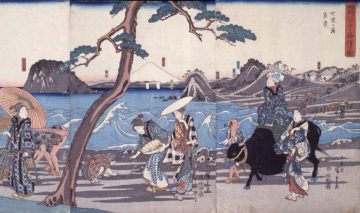Captivated by "Ukiyo-e" / Part 6 by Tadashi Kobayashi Captivated by "Ukiyo-e"
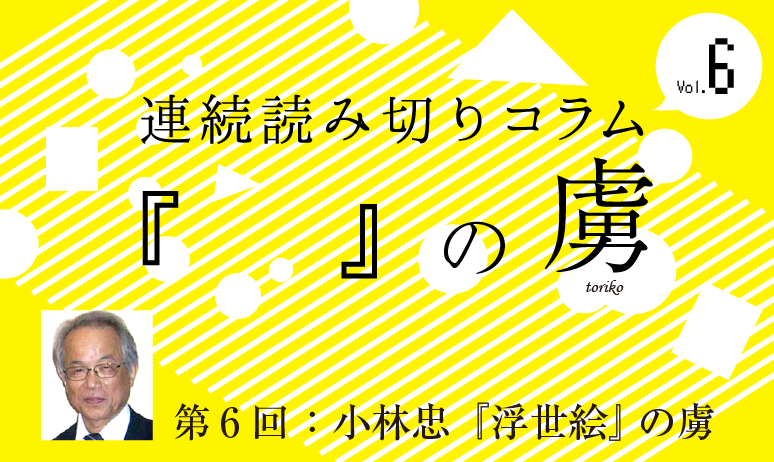
Captivated by Ukiyo-e
Ukiyo-e, an art form that originated in Edo (present-day Tokyo) during the Edo period, has been loved by people all over the world as a representative cultural heritage of Japan. It is well known that in the second half of the 19th century, it had a major influence on impressionist painters such as Manet, Monet, Degas, and Van Gogh.
Ukiyo-e was originally created and developed as art for townspeople, but its popularity was not limited to the townspeople of Edo. It was also welcomed by samurai from various feudal domains who were forced to stay in Edo for long periods of time, such as up to a year, following the feudal lords on their alternate attendance tours, and by farmers from the Tenryo (territories directly controlled by the shogunate) who came to Edo for lawsuits or sightseeing. The beautiful colored prints, which were not available in the provinces, were light and cheap, and were transported all over the country as ideal souvenirs. They were called "Azuma Nishiki-e" or "Edo-e," and were welcomed with gratitude and joy. Therefore, Ukiyo-e viewers were not limited by status or region, and expected easy-to-understand expressions of beauty in a single print. Because Ukiyo-e is rooted in such universal humanity and humanism, it is filled with nostalgic and heartwarming expressions that are familiar to everyone, and continues to be loved by modern Japanese people, who have different customs and customs, and by people all over the world.
At first, the subjects of ukiyo-e were mainly portraits of beautiful women and kabuki actors, but eventually they expanded to include landscapes and paintings of flowers and birds. Landscapes in particular were very popular with people in an era when it was not as easy to travel as it is today, as they allowed them to learn about the scenery and customs of various places through pictures. Not only famous places in Edo, but also nearby tourist destinations, especially Enoshima, Mt. Oyama, and Hakone, are often featured as subjects. In addition, the post town series, such as the 53 Stations of the Tokaido and the 69 Stations of the Nakasendo (Kiso Kaido), was also popular. The 53 Stations of the Tokaido include nine post towns in what is now Kanagawa Prefecture, including Kawasaki, Kanagawa, Hodogaya, Totsuka, Fujisawa, Hiratsuka, Oiso, Odawara, and Hakone, and you can concretely recall the scenery of the towns and villages and the way of life of the people in the past.
Even if you can't see the real thing, why not experience the charm of ukiyo-e through art books or TV programs? I'm sure you too will become fascinated by ukiyo-e.
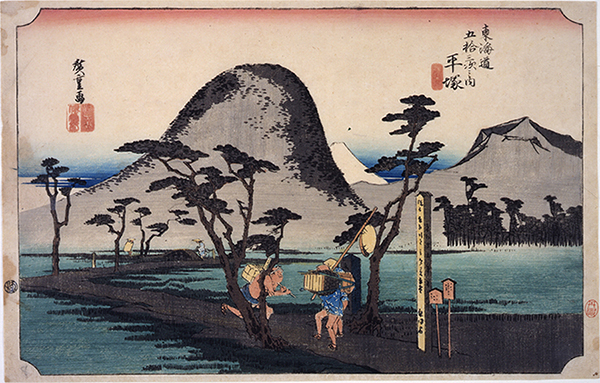
Tadashi Kobayashi
Born in Tokyo in 1941 (Showa 16). Completed a master's course at the University of Tokyo Graduate School. Previously held positions including member of the painting department at Tokyo National Museum, assistant professor at Nagoya University Faculty of Letters, head of the information research department at Tokyo National Museum, professor at Gakushuin University Faculty of Letters, and director of Chiba City Museum of Art. Currently professor emeritus at Gakushuin University, director of the Okada Museum of Art, and president of the International Ukiyo-e Society. His major works include "Edo Painting History" (Suntory Academic Prize), "Reading Edo Ukiyo-e", "Edo Ukiyo-e" and "Edo Painting".
